The merger of the three provinces of Vinh Long, Tra Vinh and Ben Tre is not only an administrative reform event, but also opens up a large development space for the (new) Vinh Long province. In which, transport infrastructure plays a key role in connecting spaces, exploiting potentials and promoting socio-economic development.
 |
| When completed, Vo Van Kiet route connecting to My Thuan - Can Tho expressway will be an important gateway for trade with other provinces and cities in the region. |
Exploiting development potential
According to the Department of Construction, Vinh Long is surrounded by the Tien and Hau rivers and many large and small canals. This is a great advantage for waterway transport, helping to reduce the load on roads and have low transportation costs. River ports such as Vinh Long and Binh Minh ports play an important role in loading and unloading goods. In addition, the road and waterway transport systems have developed quite synchronously, meeting the increasing development needs of the province and the region.
Connecting with provinces in the Mekong Delta region and key economic zones in the South by key traffic routes such as: National Highway 1, National Highway 53, National Highway 53B, National Highway 57, National Highway 57B, National Highway 57C, National Highway 60, National Highway 54, National Highway 80; along with bridges: My Thuan (1, 2), Rach Mieu (1, 2), Co Chien, Ham Luong, Dai Ngai (1, 2), Can Tho... The Trung Luong-My Thuan and My Thuan-Can Tho expressways have been smoothly connected, creating favorable conditions for exchange, tourism development, trade, and domestic and foreign investment cooperation.
Currently, Vinh Long has key national traffic projects passing through such as: the North-South expressway project in the East, Can Tho-Ca Mau section. These expressways play a particularly important role in connecting Vinh Long with major provinces and cities in the Mekong Delta region and the whole country.
Or the National Highway 1 upgrade project will continue to upgrade and expand the section through Vinh Long to increase traffic capacity and ensure traffic safety on this vital route. Meanwhile, the waterways of Tien River, Co Chien River, and Ham Luong River play an important role in transporting goods, especially agricultural products and construction materials.
| The Ministry of Construction is preparing a pre-feasibility report for the Ho Chi Minh City-Can Tho railway project, with the goal of putting it into operation synchronously with the North-South high-speed railway. This route is about 175km long, with an investment schedule before 2030. The design speed is 120km/h for freight trains and 160km/h for passenger trains. By 2055, the railway will be able to transport 26.148 million tons of goods and 18.324 million passengers per year. Vinh Long will be an important connection point near the end of this railway line. |
In terms of administrative geography, Vinh Long province has the characteristic of “three sides bordering rivers, one side bordering the sea”. The presence of Tien River, Hau River and the system of ancient tributaries such as Co Chien, Ba Lai, Ham Luong, Mang Thit… shows the special importance of the province in linking waterway traffic and economic interaction in the region.
According to Associate Professor Dr. Nguyen Ngoc Vinh (University of Economics Ho Chi Minh City), the advantage of a dense river system is a great advantage in waterway transportation, with the potential to exploit cheap and large-volume freight transport. Along with road traffic routes that increase inter-regional connectivity, Vinh Long province is qualified to become a regional logistics center.
“It is worth noting that after the merger, Vinh Long province will be a coastal province with a coastline of more than 130km, including important river mouths such as Dinh An, Cung Hau, and Ba Lai. This opens up great potential for the development of marine economy, logistics, seaports, wind power, and at the same time is the beginning of the strategic repositioning of the entire Mekong Delta coastal region,” said Associate Professor, Dr. Nguyen Ngoc Vinh. In addition, in the regional planning orientation, the Government identified this area as playing a key role in the southern coastal economic corridor, the driving force axis from Ho Chi Minh City - Tien Giang - Vinh Long - Tra Vinh - Ben Tre - Soc Trang - Ca Mau.
Let transportation drive growth
However, at present, the transport system connecting localities in Vinh Long province still has many shortcomings. While the road infrastructure is not yet synchronized, many provincial and district roads are of poor quality, low load capacity, and cannot meet the increasing transport demand.
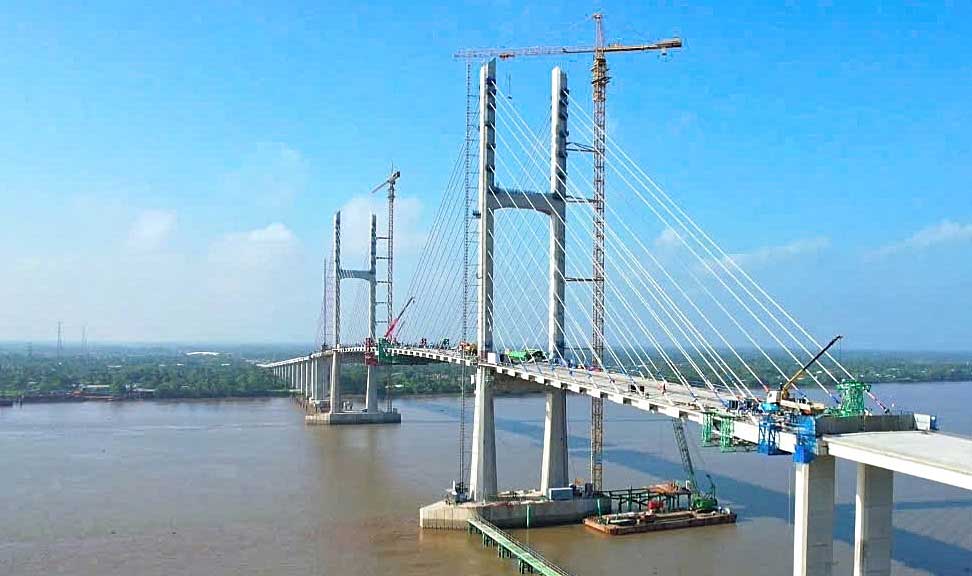 |
| The completion of Rach Mieu 2 Bridge project will strengthen connectivity with Dong Thap and Ho Chi Minh City. |
According to experts, the merger of the three provinces creates conditions for the construction of a comprehensive, unified traffic plan from the provincial level, helping to connect urban areas, industrial zones, tourist clusters and agricultural production areas. “The new Vinh Long province will form a strategic administrative-economic entity located in the center of the Mekong Delta region.
With the connection of rivers, seas and mainland and the convergence of specific ecological sub-regions, the province has all the conditions to shape a new, dynamic and comprehensive growth pole. The outstanding potentials in marine economy, logistics, high-tech agriculture, eco-tourism and renewable energy are important pillars creating development momentum for Vinh Long" - Assoc. Prof. Dr. Nguyen Ngoc Vinh emphasized.
According to the Department of Construction, to facilitate intra-provincial traffic connections and serve socio-economic development, synchronous and strategic solutions are needed. In particular, focusing on solutions including: upgrading and expanding key national highways; investing in the construction of cross-connecting roads; developing coastal connections; developing waterway infrastructure, enhancing connections between modes of transport, etc.
On June 26, My Thuan Project Management Board informed that the units are continuing to maintain the implementation of 3 shifts, 4 teams with a total of about 30 construction teams, 150 construction equipment, 500 workers and 83 technical staff. All are determined to strive to complete the investment project to build Rach Mieu 2 bridge connecting Tien Giang and Ben Tre provinces in early August 2025. To date, the project has reached about 95%. Meanwhile, Dai Ngai 2 Bridge is part of the Dai Ngai Bridge Construction Investment Project on National Highway 60 in Soc Trang and Tra Vinh provinces, with a total investment of nearly VND 8,000 billion. The project connecting the entire National Highway 60 will improve the transport capacity of the Mekong Delta region. According to the authorities, due to the actual situation, the technical opening is expected to take place in June 2025. The completion of the Rach Mieu 2 and Dai Ngai 2 bridges will greatly contribute to the socio-economic development of the southern coastal economic corridor, the new growth engine axis (new provinces and cities) including: Ho Chi Minh City - Dong Thap - Vinh Long - Can Tho - Ca Mau. |
In particular, in the coming time, it is necessary to synchronize and upgrade the transport infrastructure connecting Vinh Long, Tra Vinh and Ben Tre, not only to create favorable conditions for the economic and social development of the three localities but also to contribute significantly to the overall development of the Mekong Delta region, creating a unified economic space and greater competitiveness.
Article and photos: KHANH DUY
Source: https://baovinhlong.com.vn/kinh-te/202506/giao-thong-ket-noi-vung-mo-khong-gian-phat-trien-moi-94c0aa8/


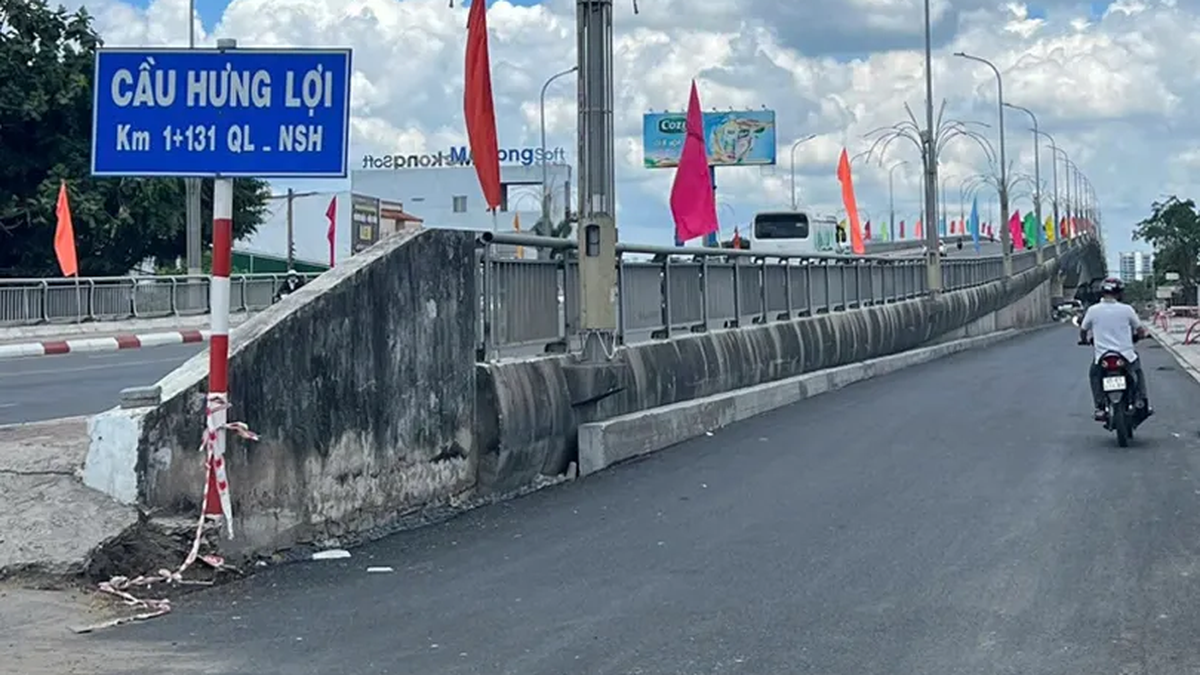
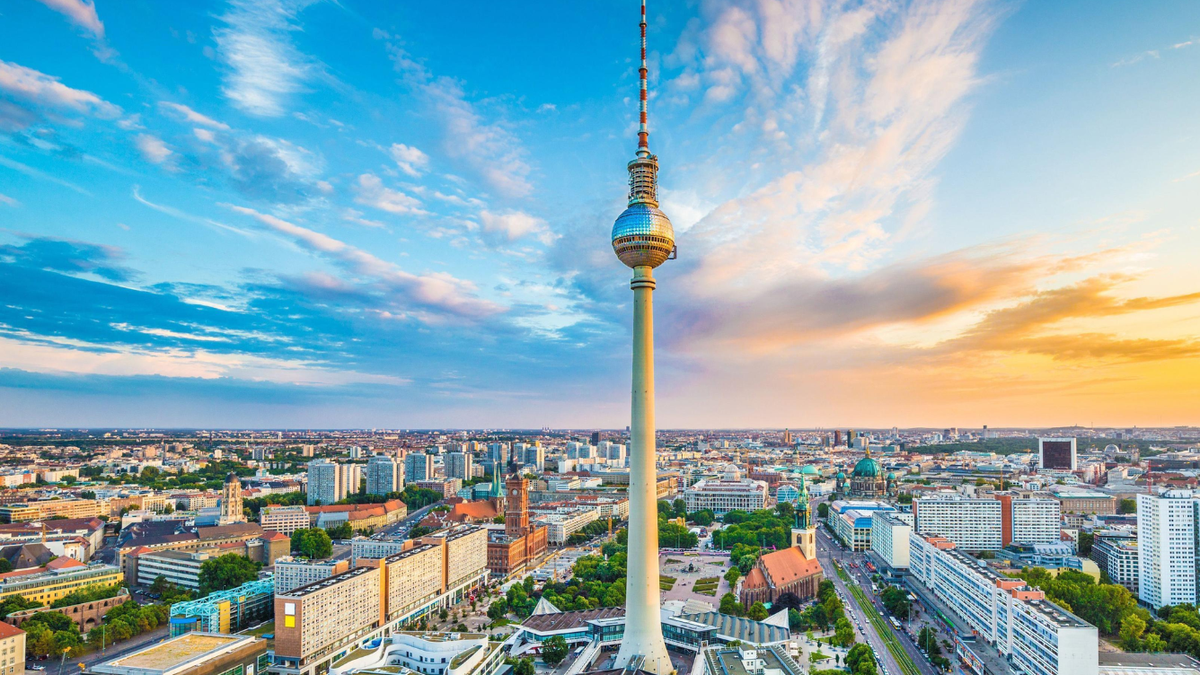
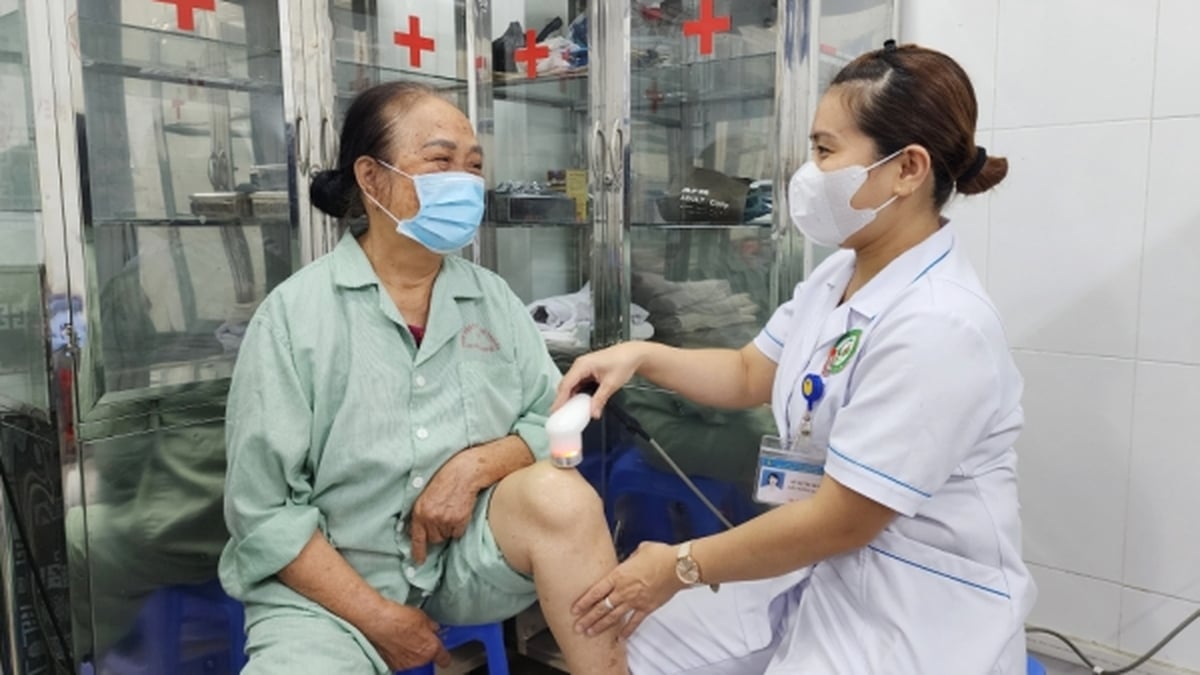
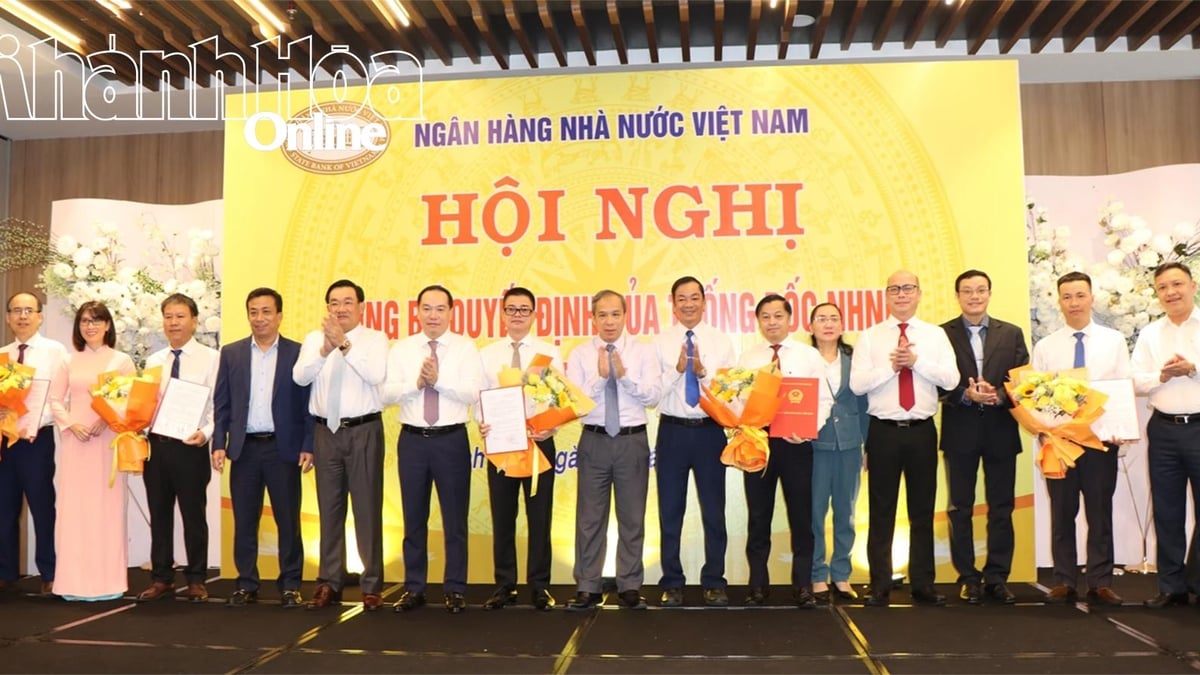
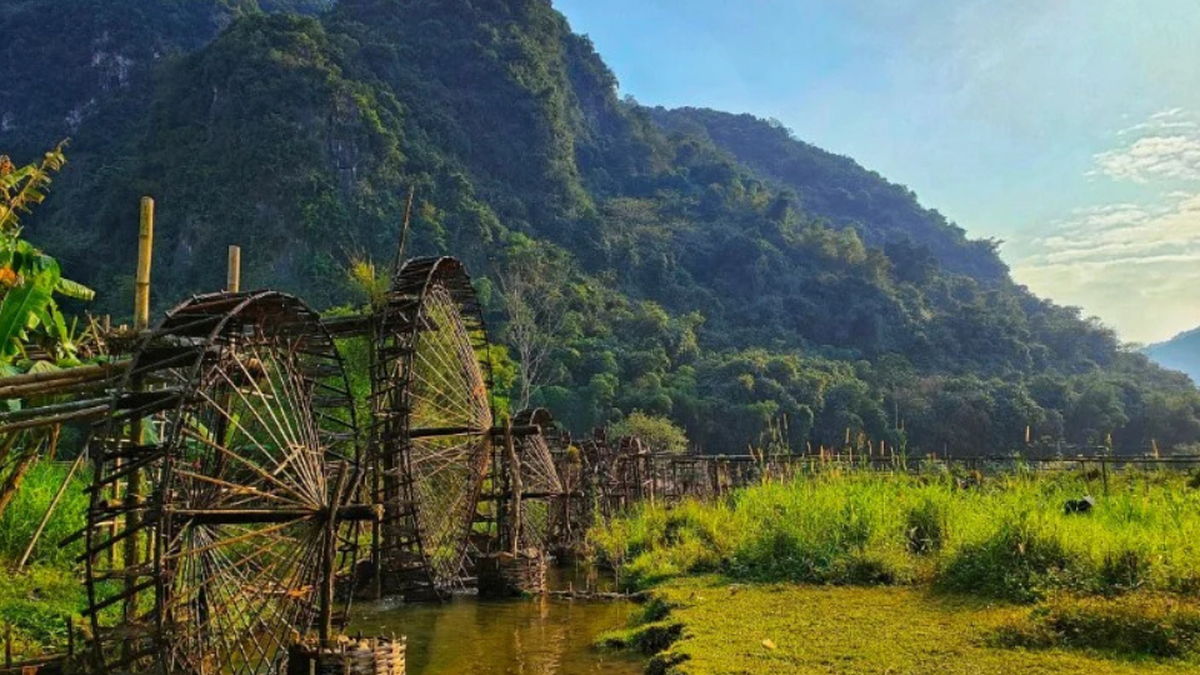
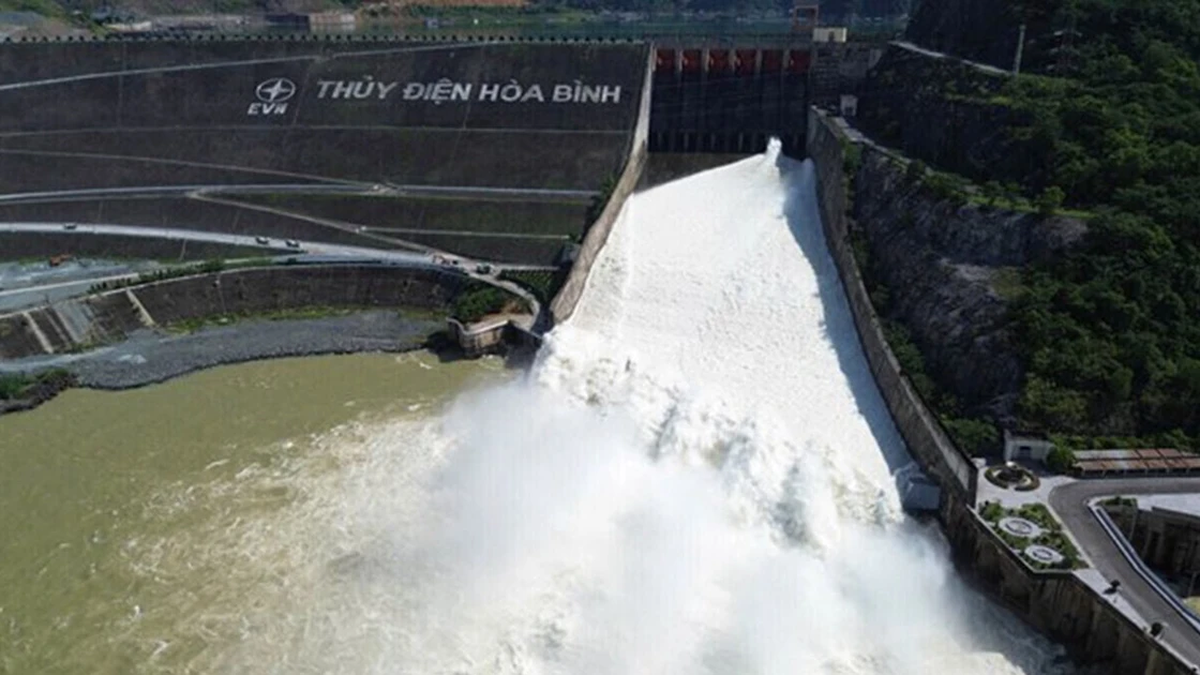
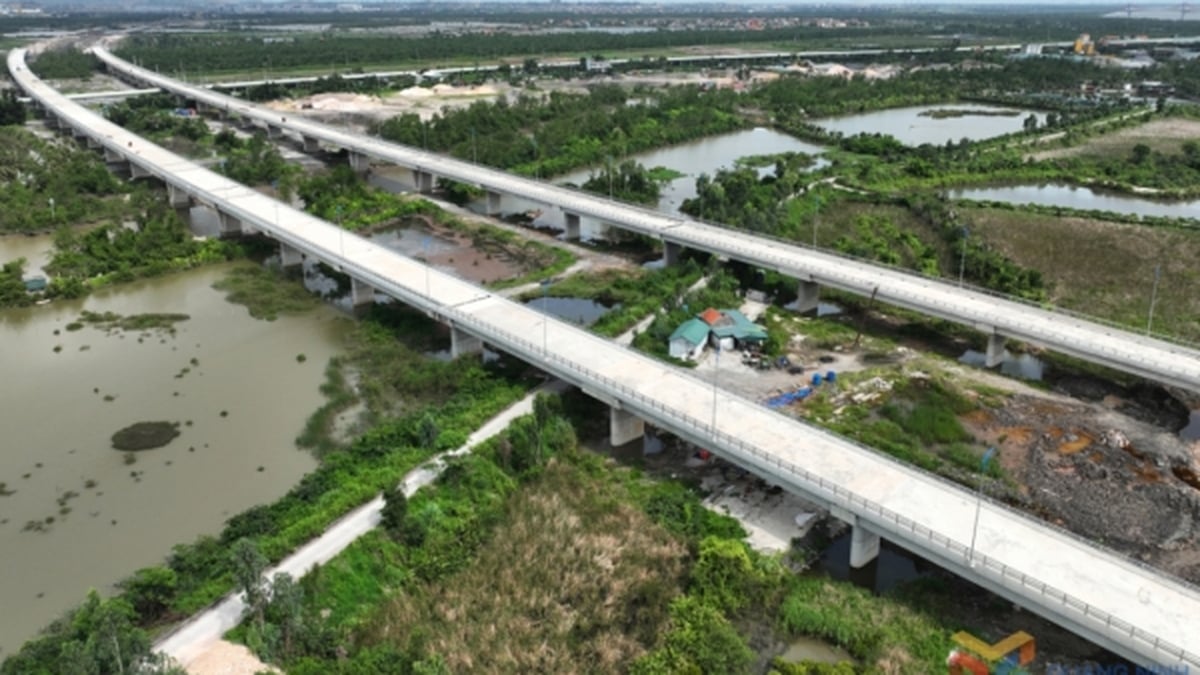

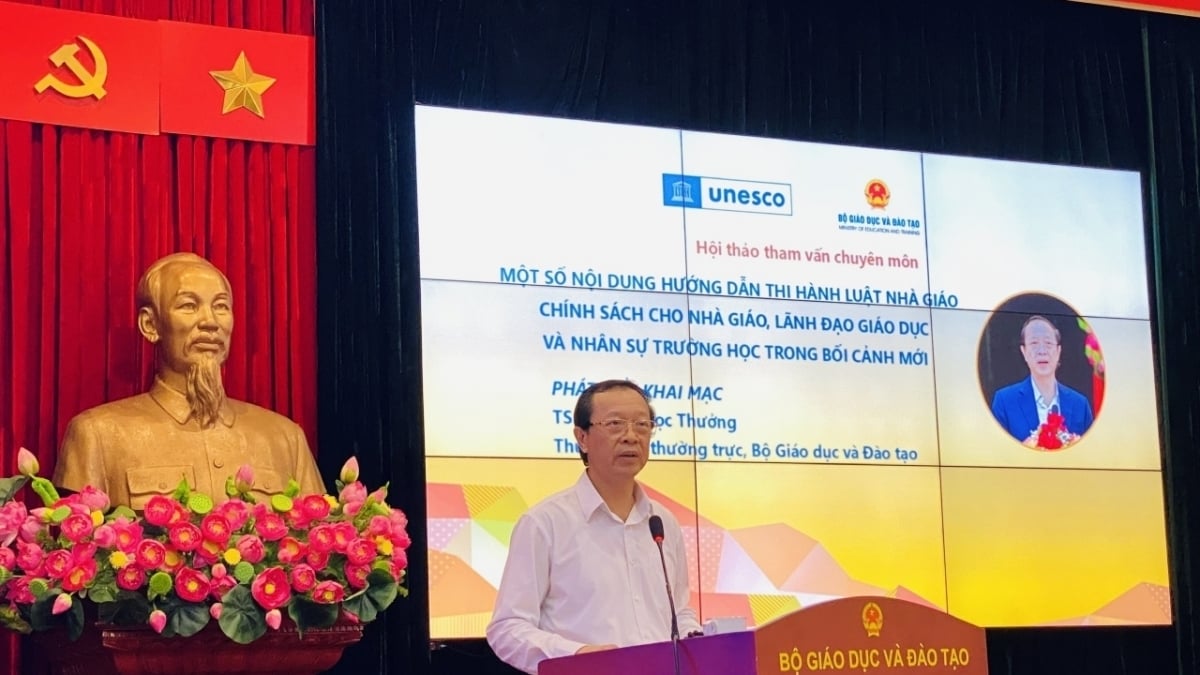
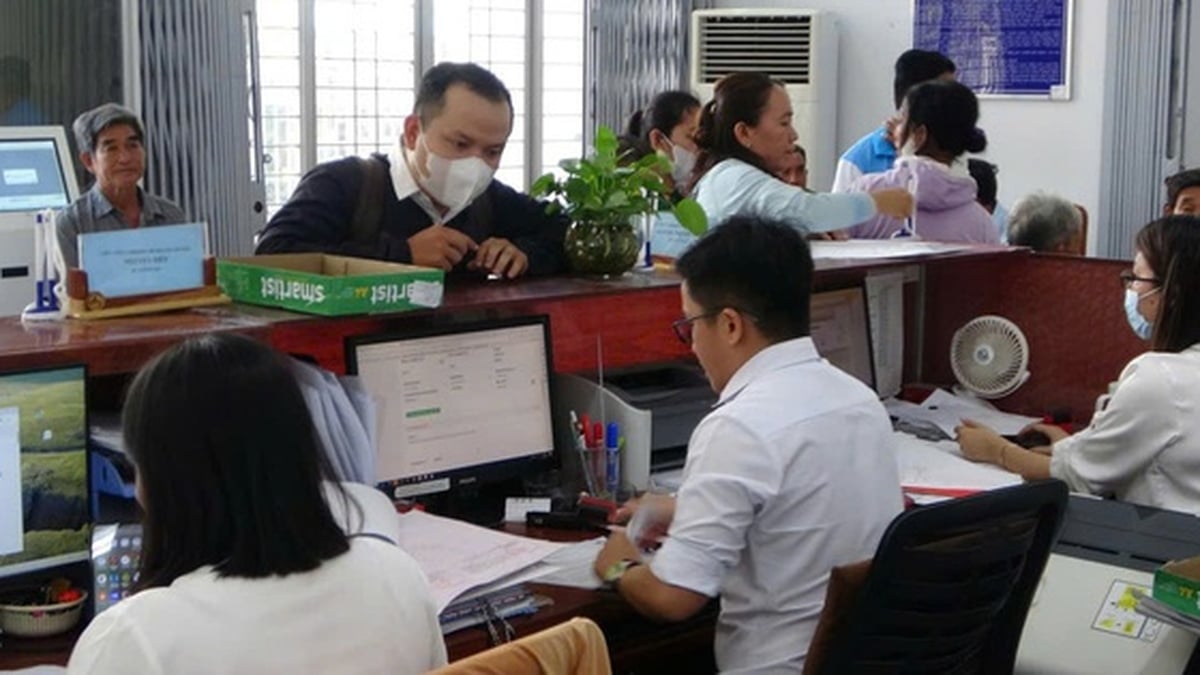












































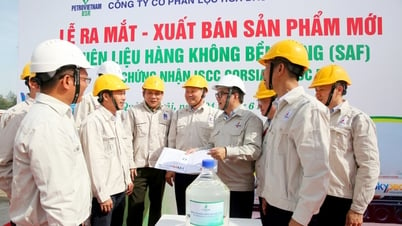





![[Maritime News] More than 80% of global container shipping capacity is in the hands of MSC and major shipping alliances](https://vphoto.vietnam.vn/thumb/402x226/vietnam/resource/IMAGE/2025/7/16/6b4d586c984b4cbf8c5680352b9eaeb0)






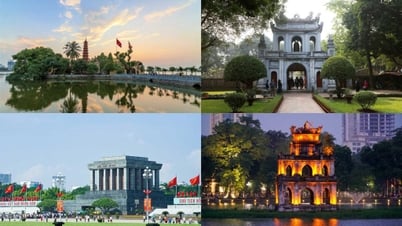

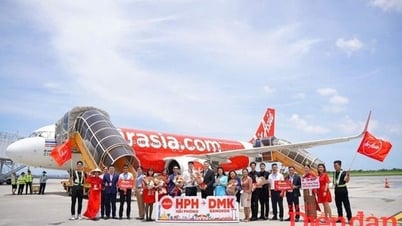

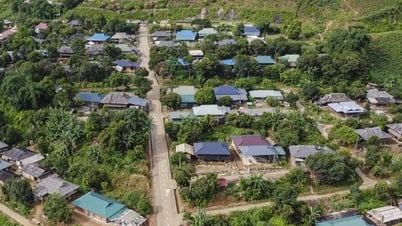
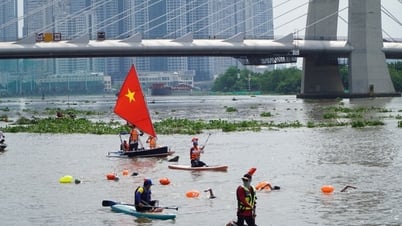
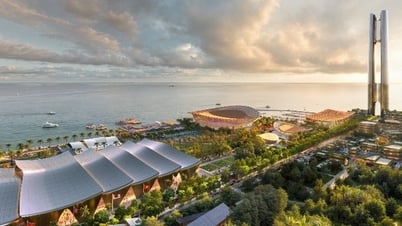

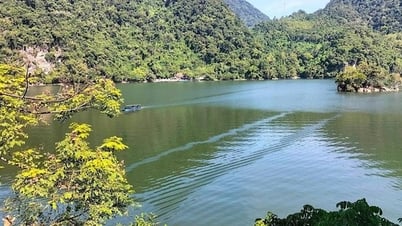






















Comment (0)